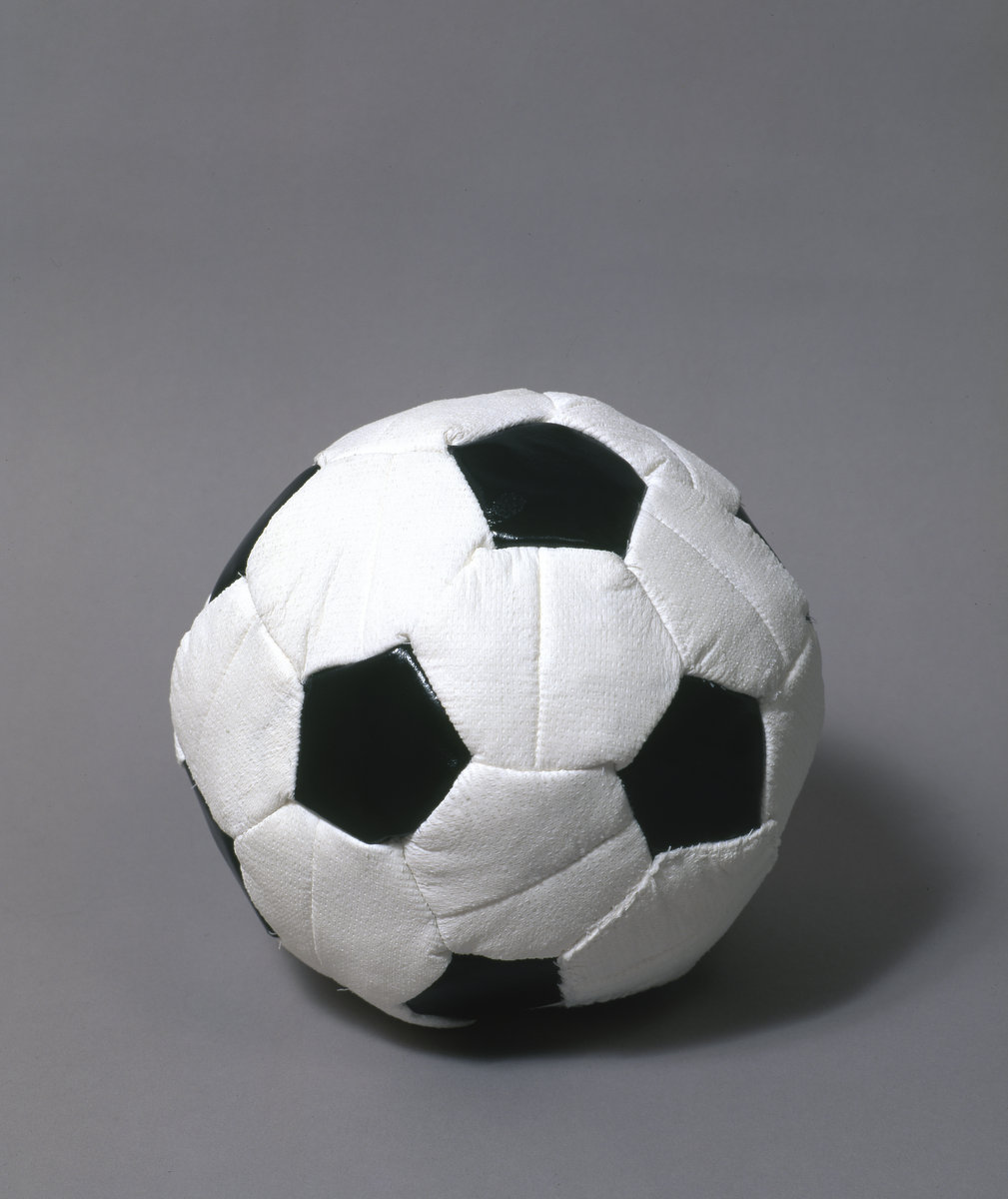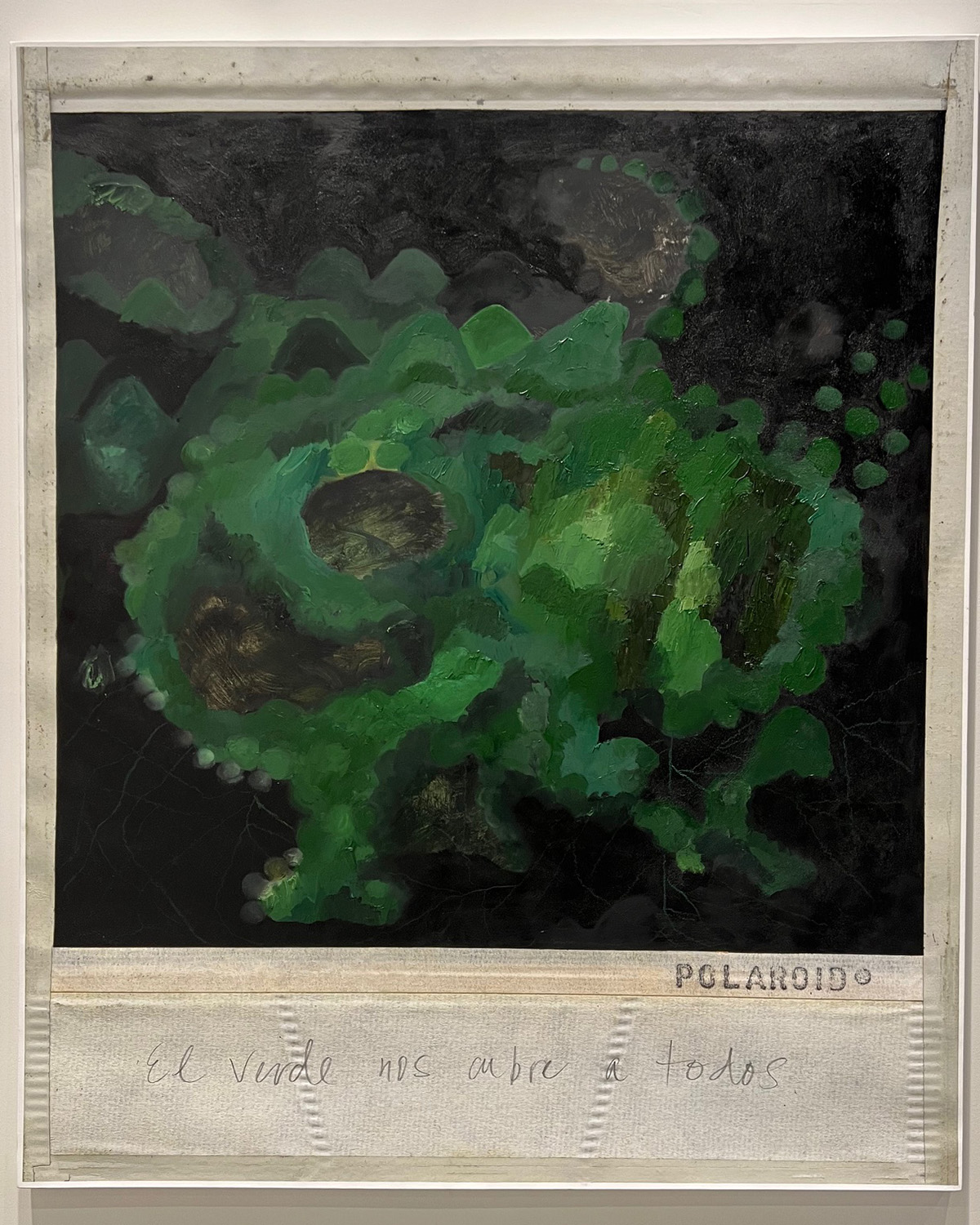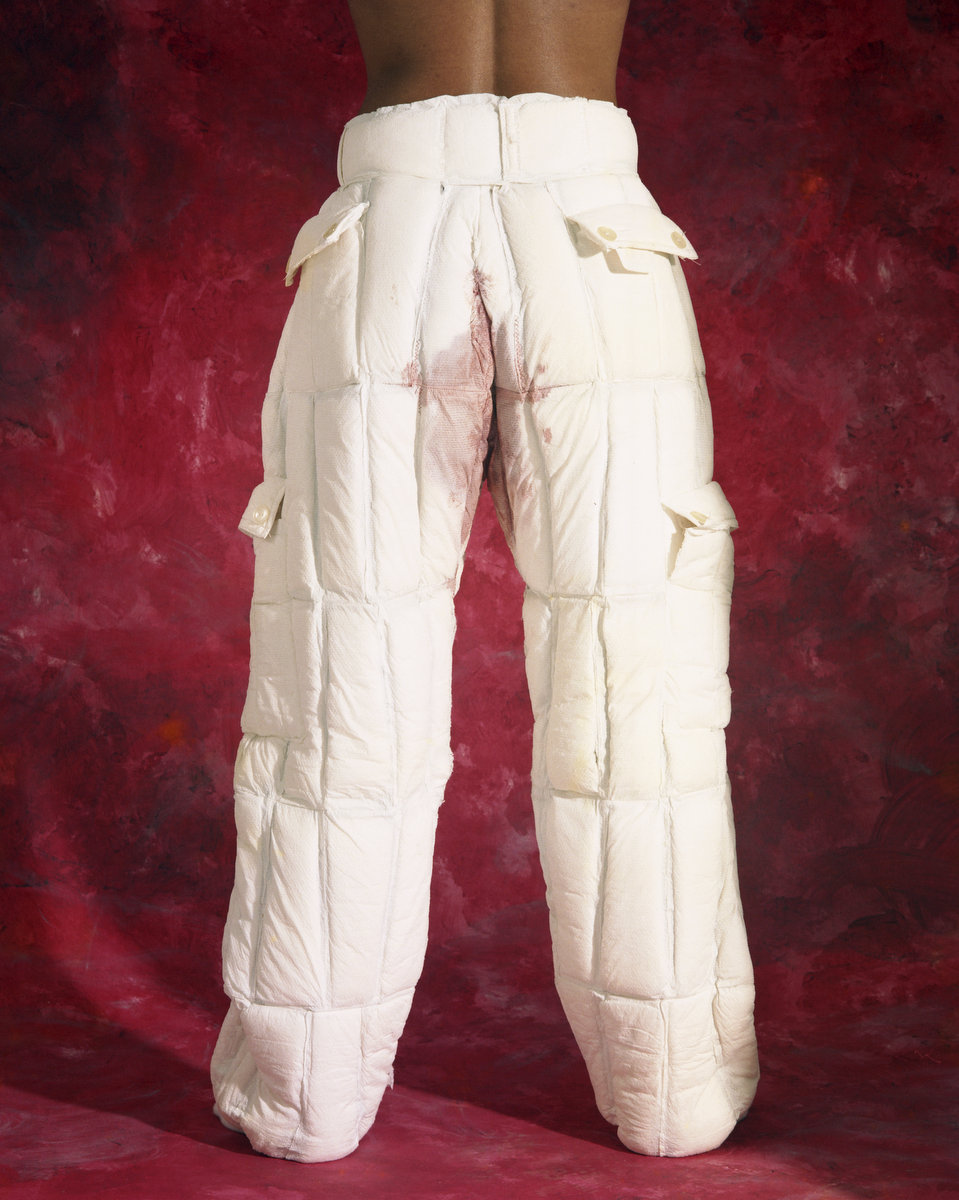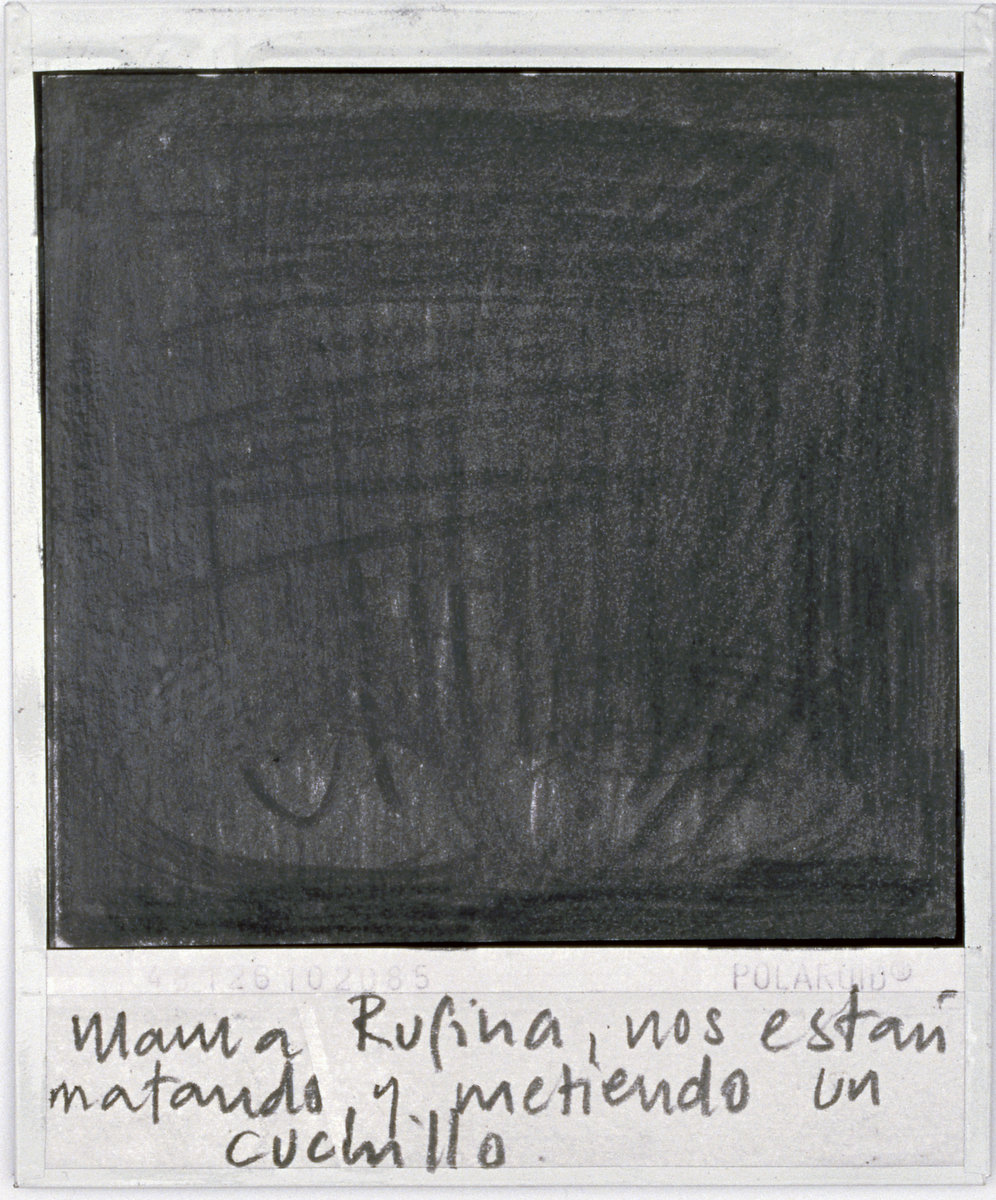Interview with Priscilla Monge: Exploration of the unspeakable

Priscilla Monge (Costa Rica) is one of the foremost conceptual artists of Central America. Graduating from the University of Costa Rica with a degree in painting, she has since embraced a wide variety of mediums, including textiles, video, installation, and photography. Her work explores the violence and brutality that exist in the everyday, often tackling these themes with humor and cynicism.
She has exhibited widely, participating in the Venice, Liverpool, Havana Biennials, with works shown in institutions such as the Tate Modern London, MoMA New York, Kunstmuseum Bern, Casino Luxembourg, Museum of Fine Arts Taipei, Centro de Arte Contemporaneo Sevilla and the Museo de Arty y Diseno Contemporaneo in Costa Rica among others.
K.A. (Kisito Assangni): Many contemporary artists see the aesthetic as a social and artistic construct were the shapes represent an emotion in innovative ways. What is aesthetic to you?
P.M. (Priscilla Monge): I think the aesthetic for me relates deeply to history—my own history and subjective experiences. It connects with childhood, familiarity, and what I find strangely comforting.
For instance, when discussing beauty in literature, I could mention *Pedro Páramo*, a book I find extremely beautiful. The way the author writes resonates with me. Although I’ve never been to his Comala, nothing there feels unfamiliar. Coming from Costa Rica, I am used to seeing mountains and green landscapes everywhere. My grandmother’s favorite color was sap green, and that’s the color I see through my window when I wake up. My sense of beauty is irremediably intertwined with green. As a woman, my relationship with blood is very important. I used to love seeing my menstrual blood dripping on the shower floor while bathing; it was an aesthetic experience for me. Thus, our sense of beauty is deeply shaped by our experiences and memory.
Moreover, for me is also connected to seduction. In my work, I grapple with themes such as pain, sickness, sanity, death, and humor—subjects that resonate with everyone but may be challenging for viewers to approach. In this context, seduction becomes essential.
Additionally, for me beauty encompasses imperfections. While there is no beauty in violence, I find something profoundly important in wounds—whether they are wounds in literature, physical wounds, or emotional scars. Imperfections teaches you about vulnerability, connection and understanding. Beauty transcends conventional aesthetics and is also related to responsibility in that we as artists have the capacity to respond to certain things through art.

Priscilla Monge, From the series: El verde o cubre todo/ Green Covers Everything, El verde nos cubre a todos/ Green Covers Us All, Photo print on canvas intervined with oil paint, 150 x 180 cm, 2024
K.A.: Given your extensive exhibition history, what processes have to be carried out for viewers to understand that an art object represents a feeling, a phenomenon or a concept?
P.M.: I believe art serves as a bridge. As I mentioned earlier, I tackle challenging subjects in my work. However, because art often operates through metaphors, it allows viewers to engage with difficult topics and thus create spaces for thought that otherwise could be avoided.
K.A.: Is there an artwork of yours that stands out in this moment as being particularly meaningful to you? Relating to the above, what does it mean to you to be authentic as an artist?
P.M.: Authenticity, for me, relates to one’s origin- a concept that connects to originality, meaning something new. Since we, as artist cannot discover warm water, as we say in Spanish, we can at least strive to be coherent with who we are. I have reached a point where I see a continuity and ongoing dialogue between my initial work and what I create today. I tend not to separate new works from past ones; instead, I feel very comfortable mixing different time periods. I like creating a dialogue between history- my history and my current life. It deepens the conversation with my own work.
“Los malos paisajes” is a series of Polaroid photographs that I intervened with graphite striking through the area where the image should be. Normally we write in our photographs a text that serves as caption, providing footnotes that remind us of the year, or the place or the people who appear in that photo. In this case, “Los malos paisajes” included texts extracted from testimonies of war survivors in Central America, intertwined with current events.
I began working in the early nineties when Central America was witnessing the firsts signs of peace, following the recent signing of the peace treaties. Although Costa Rica did not experience extreme violence, I learned early on that violence is a chain that manifests in various forms. Violence in Costa Rica was more concealed and camouflaged.
I suppose this is a search into my place as an individual during that period. As events unfolded, while I was working on this project, I experienced the loss of my three dogs, all of whom were old and the same age. They all died within a month of each other, and my green garden became a graveyard. I was deeply moved by the possibilities of landscape and how nature, under the right conditions can cover anything- much like what occurred during the wars in rural areas of Central America.
Roland Barthes discusses in Camera Lucida the idea of photographs as “plain Deaths”, suggesting that what you see in them is either dead or will eventually become dead, just like in my Polaroids. It was difficult not to think of Susan Sontag’s Regarding the pain of others. We know we should not be blind or numb in the face of images of pain, and that such documents help us remember and understand. However, there is also a part in the book where she poses the question of who has the right to see these images-perhaps only those who can alleviate the suffering. This raises ethical questions about my role as viewer and the responsibility that comes with the act of seeing.
*There are important visual documents from this time period taken by Susan Meiselas, Jorge Silva, Angel Romero, Manuel E. de la Cruz, Richard Cross, Harry Mattison, Marta Bautis, Mel Rosenthal and Claudia Gordillo.

Priscilla Monge, Pantalones/Trousers, 150 x 50 x 5 cm aprox, 1994
K.A.: From your perspective, what is the importance of art collecting? Is contemporary art open to the masses?
We all know that collectors support artist by purchasing our work, sometimes the relationship between artist and collector goes way beyond just acquiring an object and we develop human connections and thus a deeper understanding of each other’s work.
As I am from Costa Rica, I would love to mention, among others, some collectors and their socially engaged projects. They serve as significant advocates for promoting art, education, participation, and the visualization of artistic practices in Latin America, providing scholarships, exhibition programs and various other resources to support artists and communities. As is the example of: Cifo, Kadist Foundation, CPPC, or Catherine Petitgas that supports very important initiatives like Gas Works and others.
Also, there are collectors like Celia Birbragher which for almost four decades published Art Nexus, a magazine in Spanish and English that sponsors scholarships, research and symposiums in Latin America.
Another good example, is the late Virginia Pérez-Ratton, a key figure in the regional art scene. After leaving her position as director of MADC in Costa Rica, she founded Fundación ARS TEOR/éTica, a space that promotes artistic practices in Central America, the Caribbean and beyond. Virginia was an artist, a collector and a patron. She dedicated her final years to working to at TEOR/éTica, doing exceptional work to support artists across various fields, including visual arts, music, and literature. Teorética houses the most important Art library in Central America, promoting artistic practices.
About your other question, asking if contemporary art is open to the “masses”. I had an artist friend, Joaquin Rodriguez del Paso, who sadly passed away, and I really miss having conversations with him. He had a very particular sense of humor; he once told me that art is not as democratic as football. I think he was referring to the complex structure around art, and maybe not about the creative process.
I am not sure what to answer to such a complex question, but I think it is not only about being open, it is a matter that involves education, understanding and participation. I am not talking about a formal education either because this has nothing to do with doing good art. It's more than having a museum open, it is about people participating in the creative process if they need to or want to, not just witnessing what other people do.
K.A.: What are you currently interested in and how does it feed into your creative thinking?
P.M.: I have some interests that always come back, like ghosts. As I mentioned early, I am very interested in the possibilities of landscapes- how nature, under the right conditions, can grow and hide or cover any trace of what happen within it. Sometimes, this covering of events is not entirely positive: however, at other times, it gives us hope through regeneration.
In recent times, conjunctural artistic manifestations are everywhere: there is activist art to combat climate change, collective art to solve social problems, political art to reflect on the discomforts of society. What is your position around these examples? Do you have any moral or ethical responsibilities in your works?
I am both citizen and artist, and sometimes these identities blend and permeate. However, I have always believed that the difference between the symbolic space and reality is Death.
I think that the creative act is the freest of all forms; however, as an artist, I choose to acknowledge the responsibility that comes with the privilege and the capacity we have to respond through art.

3- Priscilla Monge, From the series: Los malos Paisajes/ Bad Landscapes, Mamá Rufina, Polaroid photographs intervined with graphite, 7.9 x 7.7 cm, 2021
K.A.: The influence of artificial intelligence (AI) on creativity and productivity is a controversial topic in the art world. Have you experimented with AI art? How do you see AI impacting the life of artists and the creative process?
P.M.: I haven’t experienced much with AI, but I like to have chats or explore ideas and also use it as a search tool.
K.A.: French thinker Jacques Rancière wrote "When artists adopt other guises or disciplines, are there alternative models of criticism or classification to which we should turn? “. How does this resonate with you? Any future projects?
P.M.: I studied painting, but very early on, I wanted to communicate ideas through mediums for which I did not have the proper skills. Therefore, I needed the help of skilled craftsmen, video experts, and others. Typically, these persons are very open to working with me and do not hold any preconceived notions of how art should look or be. It is always beautiful to collaborate with them. Ultimately what matters most is the intention behind what you do and the process.
There are works that should be done in solitude and others that you need the involvement of more people. Years ago, I sought the help of a person who repaired footballs, something common in Latin America. I asked him if he could do a football using sanitary napkins and black leather. Our main concern was that the metal mold or die he used would not damage the sanitary napkins. This is just an example, but I have always collaborated with others. In the nineties, I worked with my mother, who is a wonderful seamstress. She helped me sew sanitary napkins together, forming a fabric that later would become trousers.
For instance, I did not have a studio for many years and used other people’s studios instead. Now I have a little place, I have A Room of Ones’ Own, as Virginia Woolf would say.
Main Image: Priscilla Monge, Balón de futbol/Football, Sanitary napkins and black leather, 30 cm diameter, 2007
